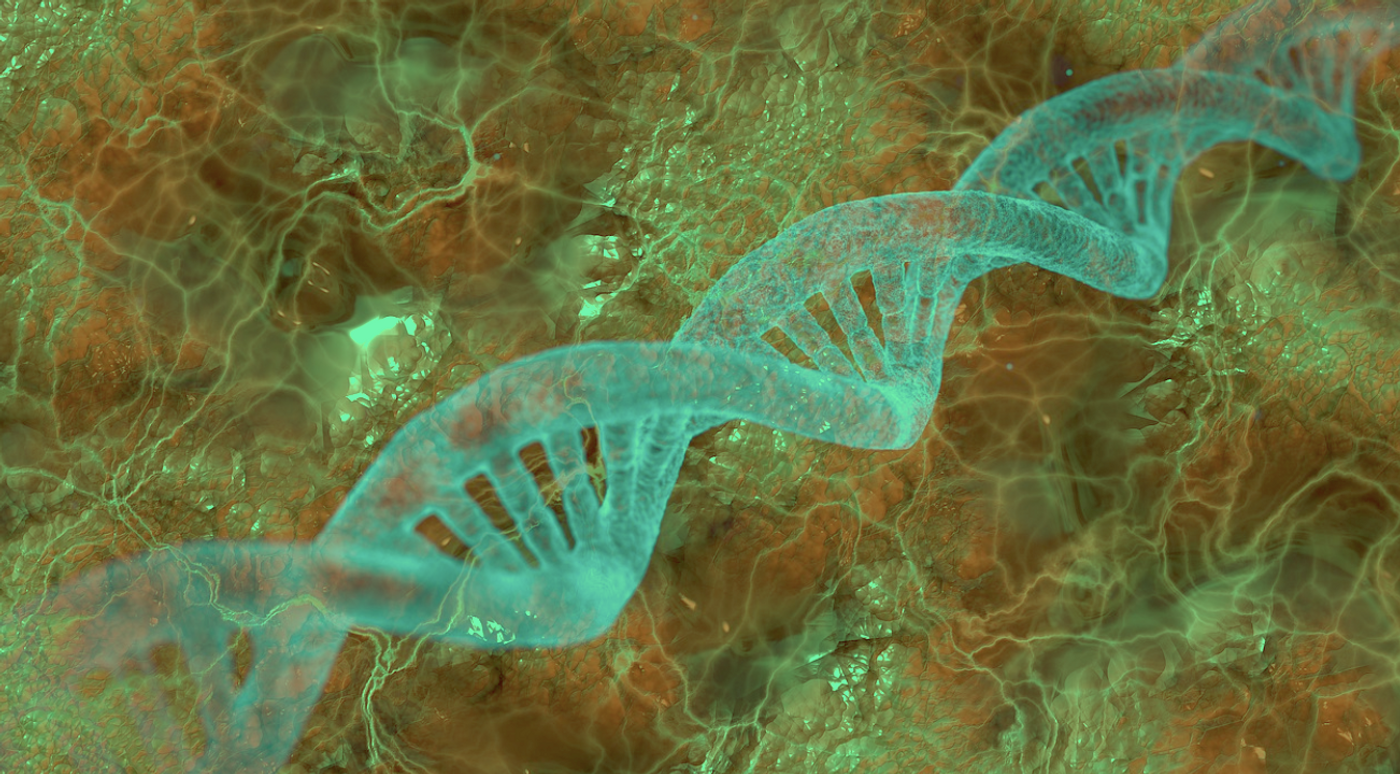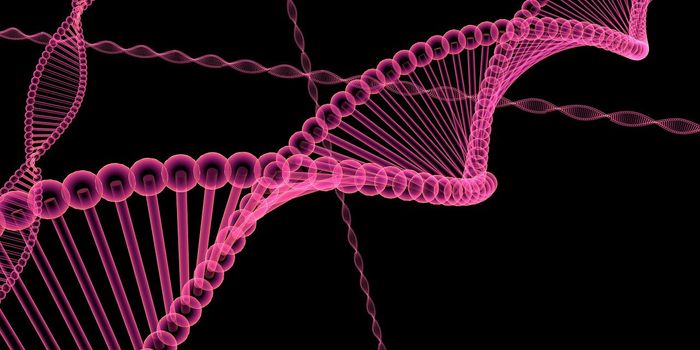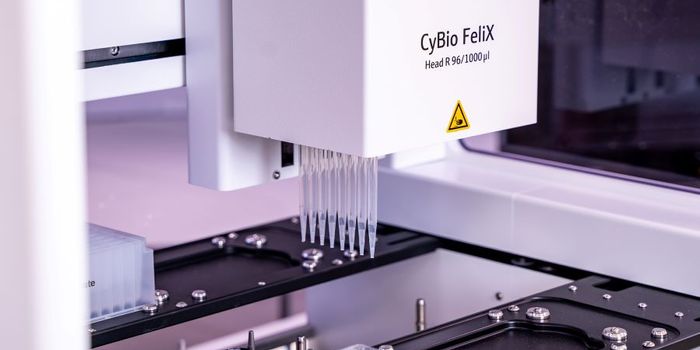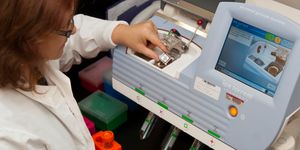New Proteins Can Emerge From 'Nothing'
The genetic code is the basis for life, but in order for an organism to live and survive, it needs the proteins that the genome codes for. We know about certain common features that can be found in many different proteins, and the amino acid sequences that create those features, but there is still a lot about the 'protein code' that we don't understand. Scientists still don't know how to engineer proteins with desired functions, and we're still learning how new proteins are created by the cell.
New research reported in Nature Communications has suggested that new proteins don't have to be formed from proteins that already exist, as was once thought. This study confirmed other recent work suggesting that new proteins can arise from non-coding genetic regions. In this study, the researchers determined how a fruit fly protein that's required for male fertility evolved, practically from nothing.
Studies conducted over the past decade have shown that novel proteins don't necessarily have to evolve out of modified versions of existing proteins, and that they can emerge from DNA that doesn't code for proteins. This was a surprise especially because the three-dimensional structure that a string of amino acids is folded into is typically essential to ensure the specific role of a protein. It's also been difficult for scientists to engineer synthetic proteins with structures that are desired.
This work has shown that nature is quite capable of generating new proteins. An analysis of genomes from different species indicated that protein-coding genes may be duplicated to varying degrees in different organisms. The researchers also found that new proteins are constantly emerging without the involvement of a precursor protein.
Any new proteins that have no effect or a negative effect are lost as cells or organisms carrying these non-functional or negative effects are lost, and the genes with them. Some new proteins can be beneficial, however, and the cell or organism carrying them keep them around. These proteins can become increasingly integrated into cell functions until they become indispensable.
Scientists looked to the fruit fly protein called Goddard to learn more about the birth of novel proteins and the roles they assume.
The researchers determined that Goddard is essential to male fruit fly fertility, and what its structure is like now and probably was when it emerged about 50 million years ago.
"The ancestral Goddard protein looked already very much like the ones which exist in fly species today," said Erich Bornberg-Bauer of the Institute of Evolution and Biodiversity at the University of Münster. "Right from the beginning, Goddard contained some structural elements, so-called alpha-helices, which are believed to be essential for most proteins."
Computational tools were used to verify their predictions, which suggested that Goddard is a stable protein, though it's younger than other fruit fly proteins that have existed for potentially millions of years.
Other research has also suggested that cells are able to produce many new protein-coding genes whose worth is evaluated quickly. Once in a while, cells create something new they decide to keep.
Sources: AAAS/Eurekalert! via University of Münster, Nature Communications










